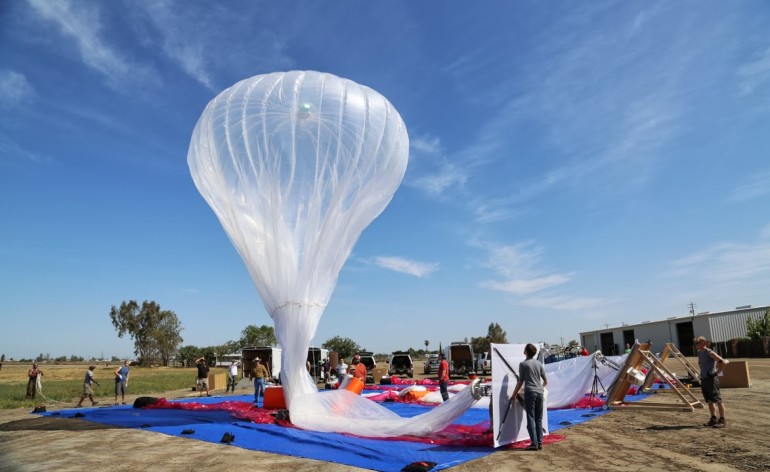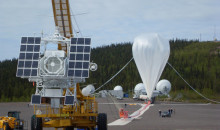Chile is next country to test Google’s Loon
Chile is scheduled to become the second country in the world to test Google’s Loon broadband project that aims to use hot air balloons rather than satellites to provide broadband to millions that are unconnected, a senior Google executive said on Thursday.
In June last year New Zealand became the first country to launch an experimental Loon pilot. Since then the balloons have made flyovers across Chile, Argentina and Brazil.
Speaking on the sidelines of an event in Chilean capital Santiago about technology for the judicial system, Federico Deyá, Google’s litigation counsel for Spanish-speaking Latin America, told BNamericas that the Loon project has been mostly focused on the southern hemisphere, where there is a greater lack of broadband access. Also, the winds in the southern hemisphere are more stable than in the north, he said.
“The only tests that have been carried so far have been in New Zealand. But the next country will be Chile. We estimate that that will happen mid-year,” Deyá said.
Loon is an experimental technology that seeks to provide internet at 3G speeds using hot air balloons that would float in the stratosphere 67,000ft above, twice the height of commercial airplanes and weather.
The balloons will have a 40km coverage radius. However, many details of the technology still have to be defined such as making sure there are sufficient balloons running one behind each other and not getting blown off course to ensure connectivity is constant. However, a test concluded last week showed a balloon released from New Zealand went round the world and ended up almost in the same position it had started in.
Deyá said that Google is currently working to establish partnerships with local ISPs and local telecoms regulator Subtel for permission.
Google is also working to improve the signal produced from the balloons so as to be able to reduce the number of balloons needed. The initial plan is to provide 3G connectivity balloons in the 2.4Ghz band. This band is available in Chile, the executive said.
The Brazilian government announced last year plans to experiment with meteorological balloons to provide internet. Another project aiming to address the unconnected population is O3b, which uses satellites that fly in the medium-earth orbit at 8,000km.
According to Deyá, the idea with Loon is provide a service that complements rather than replaces traditional technology used by mobile operators.
“Our main goal is social collaboration to provide a service alternative when catastrophes occur. Also you have to remember two thirds of the planet is without a signal. The idea is to complement the business of the service providers, not substitute it,” Deyá said.
The executive Deyá said that if the tests are not carried out by the onset of the southern hemisphere winter, the tests will have to wait until the summer due to potential problems charging the solar panels on the balloons.




